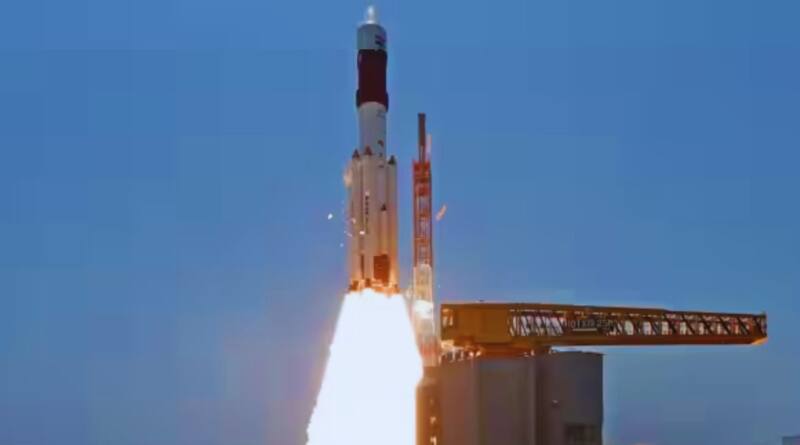You Need to Know: Aditya-L1: India’s Sun Mission Arrives at Its Final Destination
On Saturday, Aditya-L1 arrived at the location in space from which it will be able to continuously observe the sun.
The spacecraft has been traveling toward the sun for four months since its launch on September 2.
Isro launched it shortly after India’s historic landing near the moon’s south pole.
Narendra Modi, India’s Prime Minister, described the mission as “a landmark” and an “extraordinary feat.”.
Mr. Modi wrote on X, formerly known as Twitter: “It is a testament to the relentless dedication of our scientists in realizing among the most complex and intricate space missions.”
India’s first space mission to study the solar system’s largest object is named after Surya, the Hindu god of the sun (also known as Aditya).
L1 stands for Lagrange point 1, the precise location between the Sun and Earth where the spacecraft has now arrived.
According to the European Space Agency, a Lagrange point is a location where the gravitational forces of two large objects, such as the Sun and the Earth, cancel out, allowing a spacecraft to “hover.”
L1 is 1.5 million kilometres (932,000 miles) away from Earth, accounting for 1% of the distance between the planet and the sun.
According to the Times of India, the final maneuver to place Aditya in L1’s orbit took place on Saturday around 16:00 India time (10:30 GMT).
Isro chief S. Somanath previously told the BBC that the agency would trap the craft in orbit and would occasionally need to perform additional maneuvers to keep it there.
When Aditya-L1 reaches this “parking spot,” it will be able to orbit the Sun at the same speed as the Earth. It will be able to observe the sun at all times, including during eclipses and occultations, and conduct scientific research from this position.
tudies.
The orbiter carries seven scientific instruments to observe and study the solar corona (the outermost layer), the photosphere (the sun’s surface as seen from Earth), and the chromosphere (a thin layer of plasma between the photosphere and the corona).
After taking off on September 2, the spacecraft orbited the Earth four times before leaving its sphere of influence on September 30. In early October, Isro announced that they had made a minor correction to its trajectory to ensure that it was on track for its final destination.
According to the agency, some of the instruments on board have already begun to collect data and capture images.
Isro released the mission’s first images, featuring the Earth and Moon in a single frame and a “selfie” of two scientific instruments, just days after launch.
Last month, the agency published the first full-disk images of the sun in wavelengths ranging from 200 to 400 nanometers, claiming they provided “insights into the intricate details of the sun’s photosphere and chromosphere.”
According to scientists, the mission will help them better understand solar activity, such as the solar wind and solar flares, and their impact on Earth and near-space weather in real time.
The sun’s radiation, heat, particle flow, and magnetic fields all have a constant influence on the weather on Earth. They also have an impact on space weather, as nearly 7,800 satellites, including more than 50 from India, are stationed.
According to scientists, Aditya can help India and other countries better understand and even predict solar winds or eruptions a few days in advance, allowing them to move satellites out of harm’s way.
Isro has not disclosed the mission’s cost, but reports in the Indian press place it at 3.78 billion rupees ($46 million; £36 million).
With the success of Saturday’s mission, India has joined a select group of countries that are already studying the sun.
The US space agency Nasa has been monitoring the Sun since the 1960s; Japan launched its first solar mission in 1981; and the European Space Agency (ESA) has been doing so since the 1990s.
In February 2020, NASA and ESA launched a solar orbiter to study the sun and gather data to better understand its dynamic behaviour.
In 2021, NASA’s Parker Solar Probe made history as the first spacecraft to fly through the Sun’s corona.




